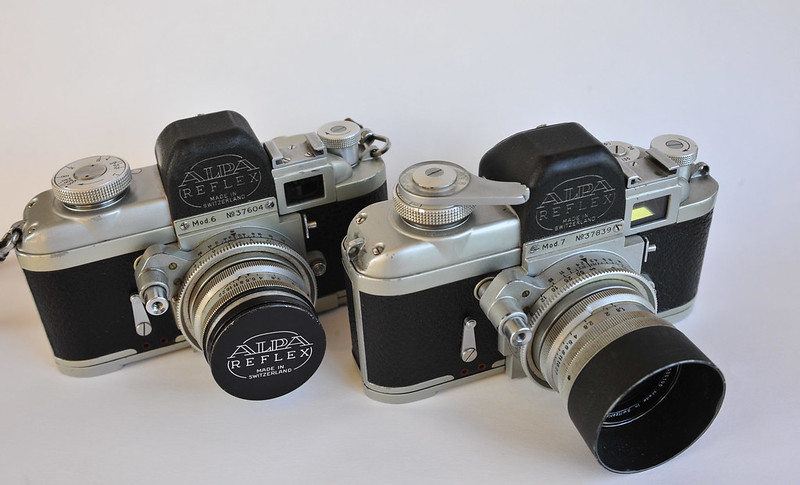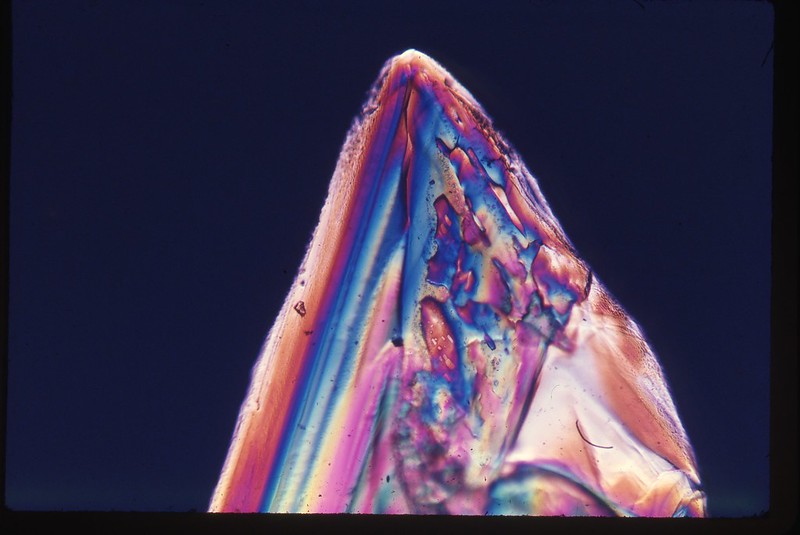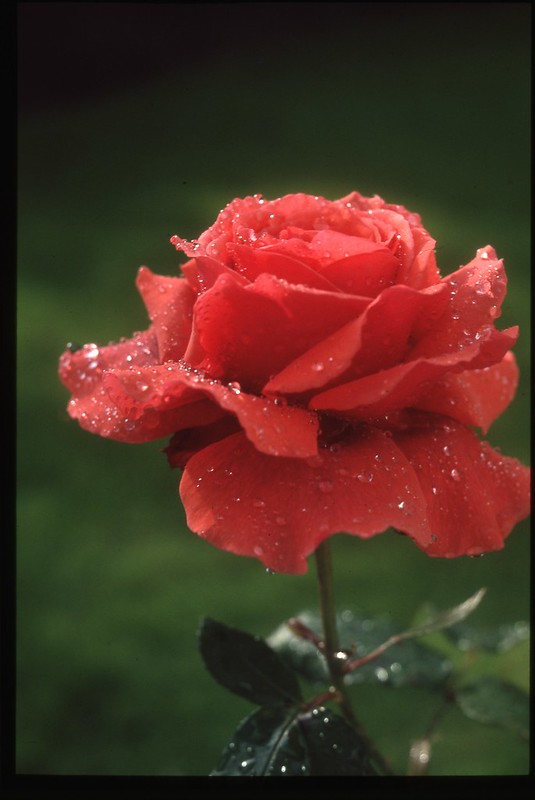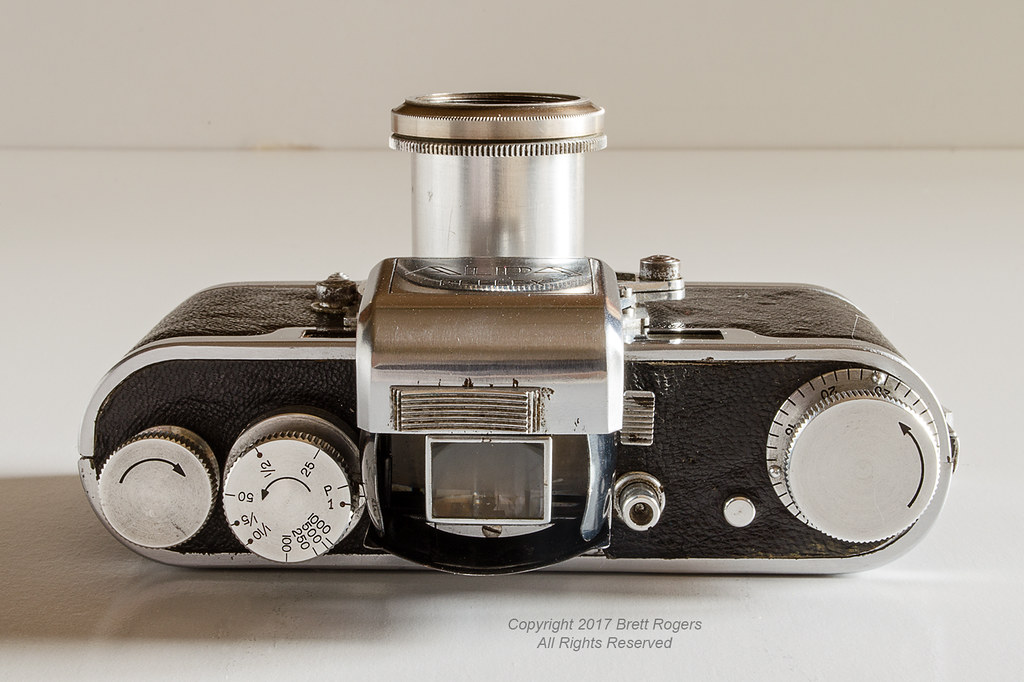11si
11si
Some quick and dirty phone shots of the most recent Alpa I've had a chance to handle. Their 11si model in beautiful black from circa 1980 I believe. I took it out today to start off a roll of Agfa Vista 200 colour negative. The Schneider 80-400mm f/4 Tele-Variagon accompanied it and was used for a few images at either end of the zoom range.
The small plate with "K.M." on the top place represents the initials of the cameras original owner. Apparently, when you ordered an Alpa from Pignons they would do that sort of thing for you if you wished.
Here are some impressions after trying the 11si today.
This is one
smooth focal plane shutter. Sure, it's quiet, and the mirror is soft. But the sheer silky smoothness of the curtains and their actuation system is unsurpassed in my experience. It's also a camera that's been cleverly designed in some ways and is surprisingly old-fashioned in others. For example the metering system is innovative and possibly unique to Alpa, but also uses stop down metering, and, on that point, it's your finger pressure on the release plunger that is doing the stopping, (similar to some early Prakticas or Exaktas) not springs, rods or levers.
Even the self timer is atypical in certain ways, but considering the provenance of the makers of the Alpa reflexes perhaps this isn’t surprising. Firstly, it’s adjustable in its delay and is tripped via the main release plunger, but depressing that will still lift the mirror immediately, giving you a form of pre-release which I like. After all, once you have activated the timer you’re probably finished with the viewfinder, so the mirror may as well lift when it starts, not just as the exposure commences, right? But the timer can be also used on any shutter speed including Bulb, and just like a few classic Contaxes, if you set it on B, instead of a short time (or even locking the mechanism, in the case of a few designs) instead, you'll be rewarded with an exposure of about three seconds—useful occasionally if you're doing low light work. Lastly, the owners manual also notes that, once armed, if you have a change of heart and don’t want the delay after all, you can simply run it off without actuating the shutter curtains, by sliding a shutter release lock under the plunger and depressing the latter until the timer has unwound.
The shutter lock is a three position sliding chromed tab on the front, next to the base of the release plunger. It will save you losing frames when your Alpa is inside your choice of carry bag, naturally, but it's more than just that. It also enables you to depress the release plunger to stop the lens down and take your meter reading, by switching on the power to the meter circuit without actually firing the shutter in the process. Of course this gives depth of field preview at the same time, like most SLRs using stop down metering. And if you’ve forgotten to pack your lockable cable release, with the speed dial set on B and the shutter opened, sliding the lock over will keep it open for you indefinitely, if you really need it to.
This is all quite sophisticated, but, as you’ve probably already gathered, an Alpa 11si truly is a curious mix of innovative thinking and downright antiquated functionality. Case in point: when you're firing the camera via the self timer, there's no finger pressure on the release plunger, is there? You'll therefore need to rotate a beautifully knurled chromed knob near the plunger release on its famous Macro-Switar lens in order to change the aperture mechanism to pre-set operation because otherwise, you'll be rewarded with an exposure at full lens aperture, whether or not that's what you've actually set! You’ll see the aperture selector knob in the last image, where you'll note that it's placed at 90 degrees to the axis of the release plunger, and again in the second to last photo, slightly obscured beneath the tip of the peculiar Alpa front-to-back wind lever. On that point, Alpa reversed the wind lever (so it is said) in order that a left-eyed photographer would be able to wind and fire the camera with it to their eye, without stabbing themselves in their right eye with their thumb, in the process. And as odd as it looks, I think it works well, and also makes life just a little easier for a right-eyed photographer to do likewise, though perhaps, not nearly as essential for them as it is for a lefty.
There are three illuminated lights at the bottom of the viewfinder window. From Left to Right: Yellow (Over); Green (Correct) and; Red (Under). The lights are hard to see when you are actually looking through the finder (at least they are for me, as a spectacle wearer). They seem to be more visible if you pull your eye back a tad and peer into the bottom of the eyepiece. This will, potentially, let some stray light into the finder via the eyepiece, which, in most TTL SLRs will throw off the meter accuracy. But an Alpa certainly is not like most cameras in many ways so it's no problem, in this case, because Pignons included three meter cells inside the pentaprism housing, instead of the more usual one or two of the time. That third one is there purely to pick up the light entering via the eyepiece and neutralise its influence on the meter circuit. Yes, a conventional viewfinder blind will accomplish exactly the same thing, if you remember to use it—but with this Alpa, one isn’t fitted because it’s not needed and there’s also another benefit—more on that below.
When new, Pignons claimed that the 11si metering system is accurate to within about a tenth to a fifth of a stop. Personally, I'd rather have a conventional meter scale that offers some idea of how much the exposure is out by, as opposed to the 11si "Over; Under; Good" indicator lights, but then, they will still be visible when you're working at f/22, something one cannot always say about a stop down meter needle under poor light, so I suppose that's a plus—when you can actually find the lights, that is. I'm really a hand held guy anyway, so it wouldn't bother me either way, and I employed the built in meter for a few exposures today, purely to test its accuracy.
There's also a top deck meter peephole on the rewind side just behind the owner's plate (the fortunate "K.M", in the case of this particular 11si). A small lever at the rear of the body slides open the peephole cover so that the lights can be viewed from directly above. The finder eyepiece will probably let some light in if you are inclined to take a reading from the top, but, because of the aforementioned cell circuitry, it doesn't matter.
The Alpa viewfinder isn't the brightest SLR one I have ever peered through—to date that distinction belongs to a Leica R series fitted with a 50mm Summilux—but it's streets ahead of the one in the Alnea 7, and positively light years in front of those found in the original Reflex and Prisma Alpas. Several concentric circular lines are arranged outwards of a combined microprism, split RF and clear glass segment in a focus screen that's clearly been designed as much with photomicrography use in mind, as general photography. Whether you’d find it distracting is a personal preference—it's one of many unusual features in an unusual camera, but I love this sort of minutiae and could happily use it every day—and probably would, if I could afford to keep it!
I’ll post up some images from the test roll in due course when I have knocked it off and had it processed. Maybe more than one test roll, actually. After all it’s a rare, expensive camera, so any potential purchaser is entitled to be absolutely sure it’s working properly…




























